Photos by Juanito Vinluan
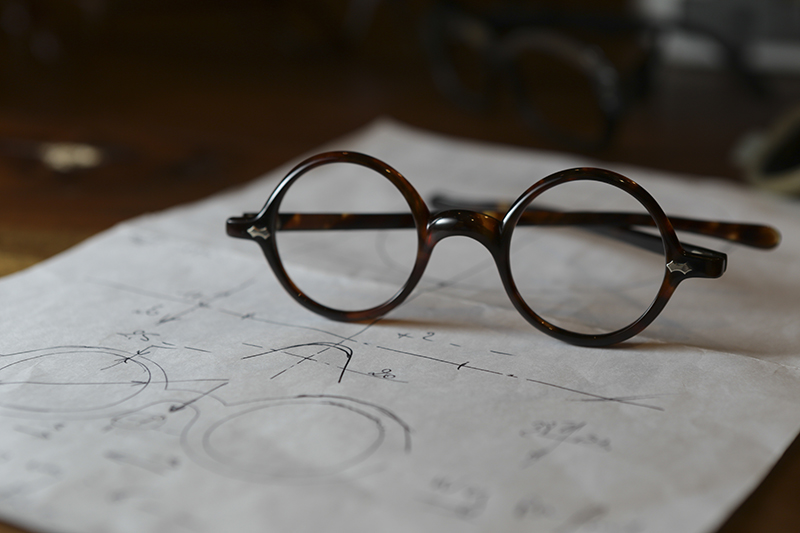
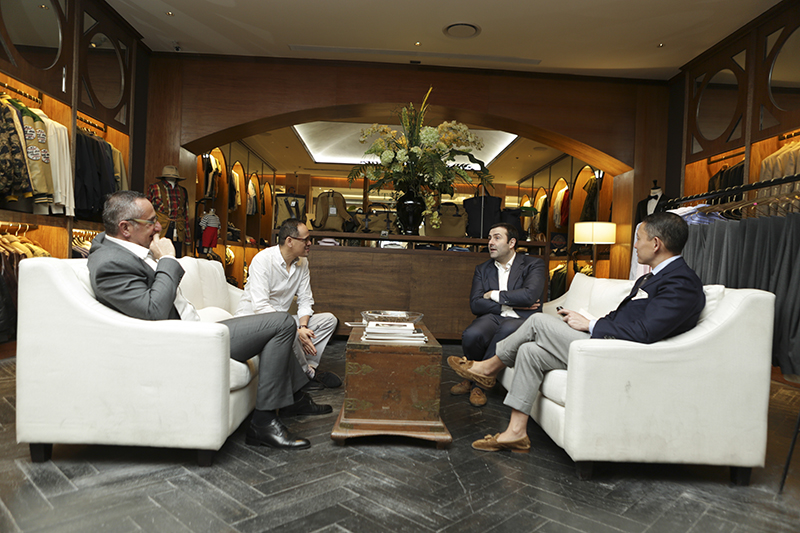
Guillaume Clerc and Brice Maitre rarely travel together. This is because when they do, there is practically no one left to man their shop in Paris. “When we leave, we have to close it,” say the pair.
Messrs. Clerc and Maitre are the men behind Ateliers Baudin, a French brand that determinedly sticks to the centuries-old tradition of transforming certain inelegant anatomical parts of an animal into eyewear frames that are at once ethereal and functional. Each one of these spectacles is measured and tailored to suit the contours and features — the nuances — unique to a particular face, each one crafted by hand, using tools and techniques practiced as far back as the 17th century by artisans in Jura, birthplace of France’s eyewear industry. As such, Ateliers Baudin’s eyewear are as personalized as they are personal, as much the products of people who care about high craftsmanship as they are the inspired instruments indulged in by those able to appreciate such fine work.
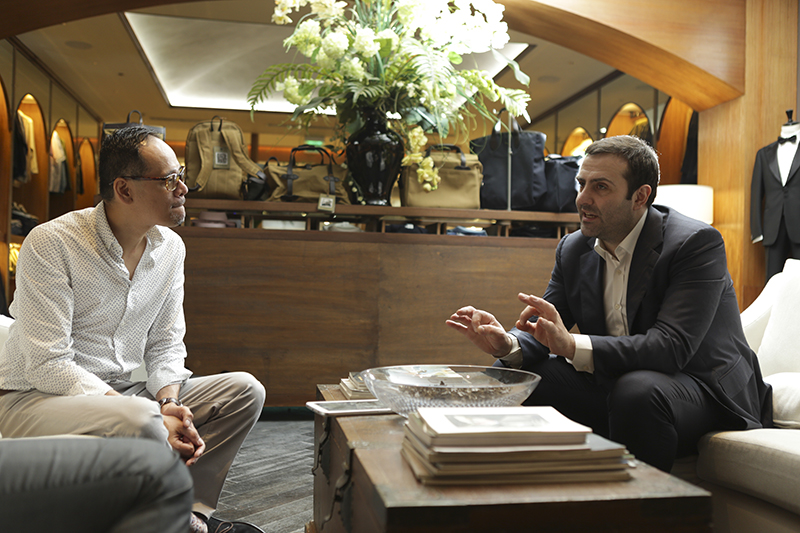
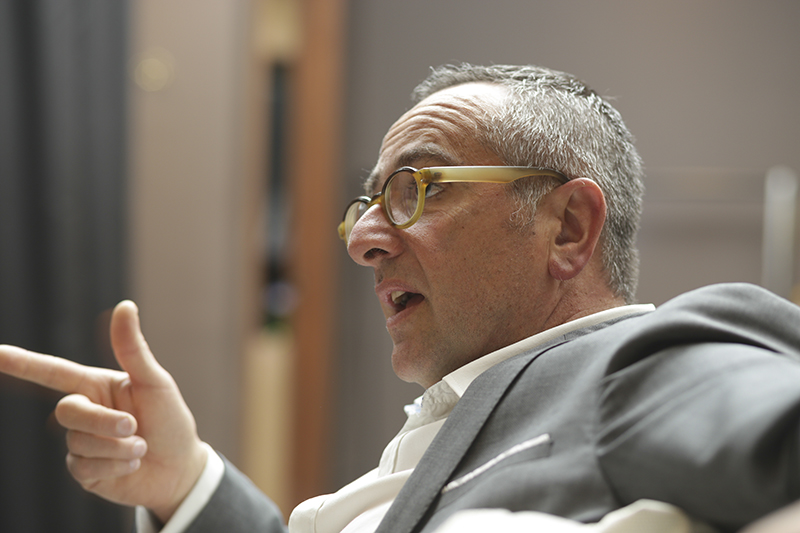
“There is someone in Paris to make adjustments [to the frames], or to take measurements, when we are not there,” Maitre clarifies. “There is also someone in Geneva… I have two people helping me [while] another is able to do the work [making frames] by himself.” He notes the company has factories in Paris, located only a few blocks from the Arc de Triomphe and Champs-Elysees, and in a town “just outside Geneva.”
“But these are small factories, more like workshops,” Maitre explains.
From these workshops (especially the one on rue de Penthievre, where Maitre toils) emerge, on average, one finished pair of eyeglasses per day. The labor that gives birth to each one, however, requires a considerably longer time.
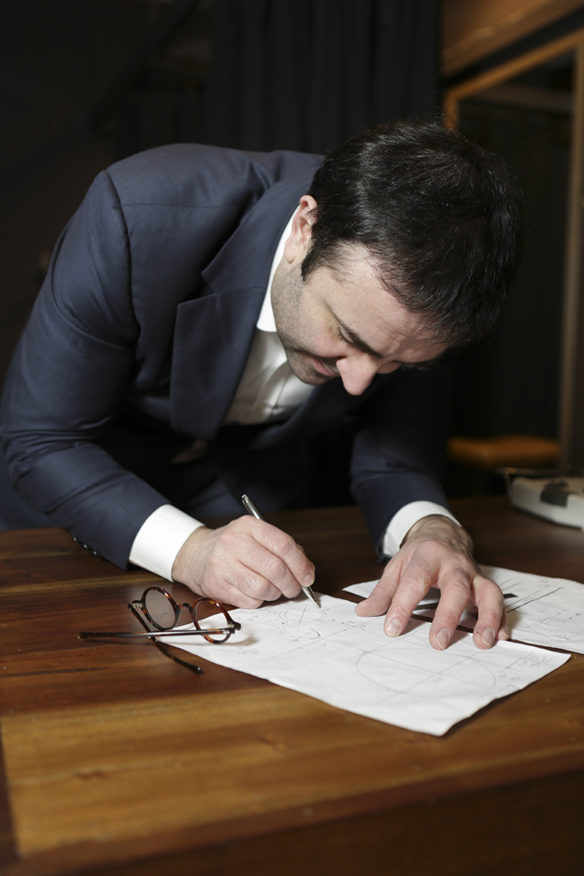
Exact measurements on a client’s face are first taken. These could number between 25 to 30, and include those of the nose bridge, temples, cheeks, the distance to the ears, the width of one’s head around the eye area, the gap between the eyes — nothing is left to chance. Design sketches are also rendered based on the measurements.
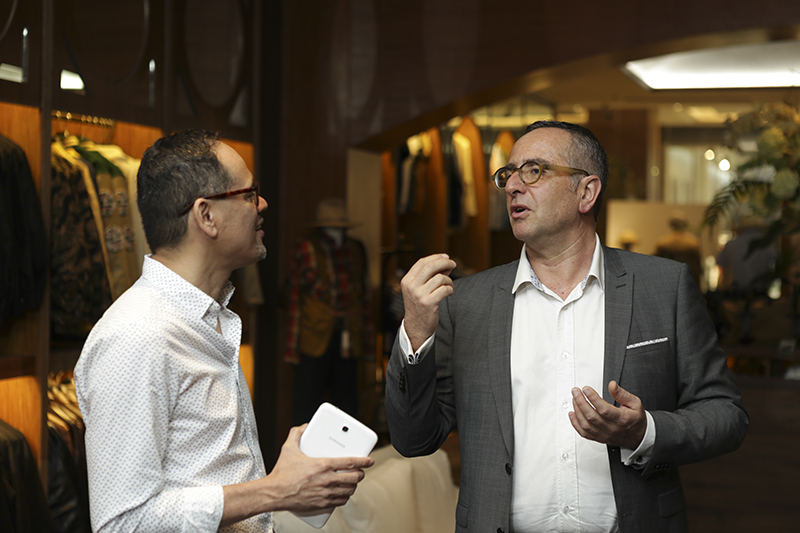
After getting an accurate “topology” of the face, work starts on a prototype frame — especially useful for first-time clients — made from acetate. This stage alone, including possible subsequent fitting sessions with the client, can take up to two months.
If all is deemed perfect, construction of the actual frame begins. Atelier Baudin’s frames are made from either a variety of buffalo, cattle, or antelope horn, or the coveted tortoise shell. The latter is a costlier proposition because the supply of this material is limited (Clerc and Maitre stress they only use raw tortoise shells extracted before the Convention on International Trade in Endangered Species took effect in 1974). Tools and machines not far removed from those relied on by artisans of yore are used in cutting and shaping the chosen material — a jigsaw, a lathe with a cone tip, drills, groove cutters, files. When the material finally takes the form of an eyeglasses frame, this is sanded with an emery cloth, starting from a coarse grain all the way to a fine grain. Dimensions of the frame are constantly checked along the processes.
Further polishing by a flannel cloth follows. Holes for the hinges — “industrial” ones, Maitre notes, meaning these are commercially available hardware — are drilled into the frame and the stems. The hinges are seated in place by rivets, delicately but persistently tapped into position by a small hammer. Before the stems are attached, the separate pieces are lavished with more buffing, finally chamois-caressed to a deep shine.
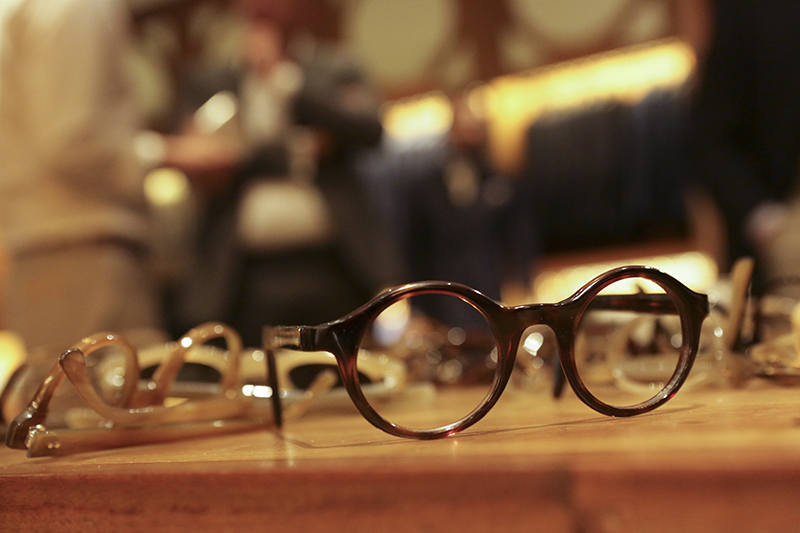
Lenses, whether clear or tinted, corrective or ornamental, meet the finished frames also at the shop. Both Clerc and Maitre are opticians, and so either one could determine prescription grades and fit the lenses to frames. It’s a delicate job considering the amount of work and the quality of materials that go into the products (Clerc points out lenses come from German brand Zeiss). Final tweaks and adjustments to the eyeglasses can also be handled by either man. In the end, what unfolds out of Ateliers Baudin’s shop are completely finished bespoke eyewear.
All throughout the manufacturing process, which can take another two months, it’s human hands that hold the tools, sculpt the material, polish the product — Maitre insists this should be the case and no other.
“We use old, old machines because [doing so] is an art form… Working by hand, teaching [other] people how to do it — it’s a tradition. I had the chance to learn this craft, so I think I should continue to work with my hands. That’s my goal; keep making frames by hand,” he says.
It’s a skill that isn’t easy to acquire — apparently like priesthood, many are called but few are chosen. According to Maitre, “a lot of people are interested in learning but a lot also are not capable.”
“You have to find people who have the touch,” he says.
But why pursue hand-crafting eyewear in the first place? Consider that even before the laborious, finicky, painstakingly precise building process of the frames begins — a task that calls for a virtually cloistered existence — Clerc and Maitre have to first meet and get to know a client. Before any measurement is jotted down on paper, they ascertain (or divine, at least) what a particular client’s tastes are, his activities, the lifestyle he leads, the passions he indulges in. By doing so, the two are able to determine and recommend best the details and specifications — of which there are plenty, like more than 300 different color choices of horn and shell material, for starters — of the eyeglasses most suitable to a client.
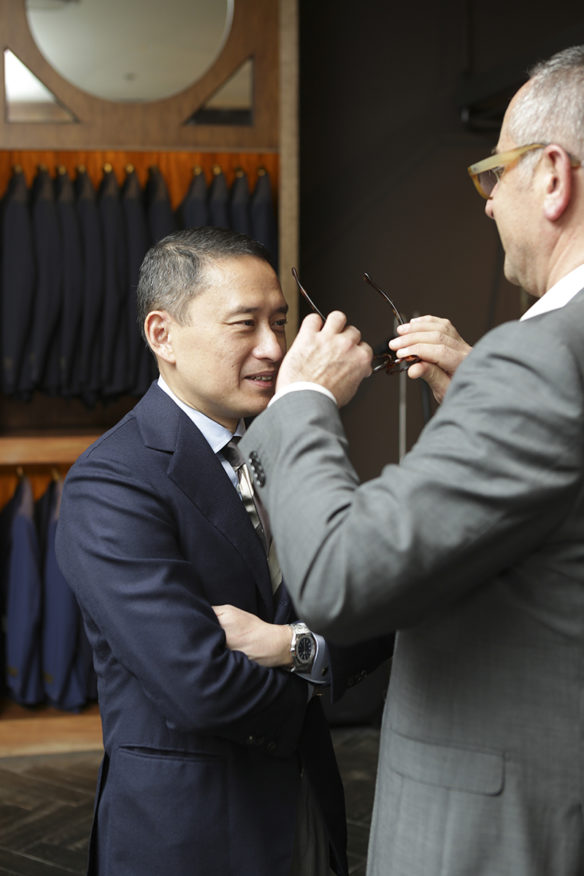
“So, it’s very important to have a relationship with our clients; there must be an interaction [with them],” Clerc says.
Maitre provides the rationale for making eyewear by hand; “It’s like wearing a beautiful bespoke suit. It’s not so evident that there is something unusual with it. But you are able to tell it’s special. It’s a different way of doing things. . . it’s keeping a tradition.”
Ateliers Baudin’s clients, in turn, must share the company’s appreciation for bespoke handiwork and the history behind it — to think more highly of an object that, as Maitre puts it, “becomes a part of your face.” He narrates he once dismissed someone who walked into the shop after it soon became apparent all that concerned the man was how much a tortoise shell frame costs.
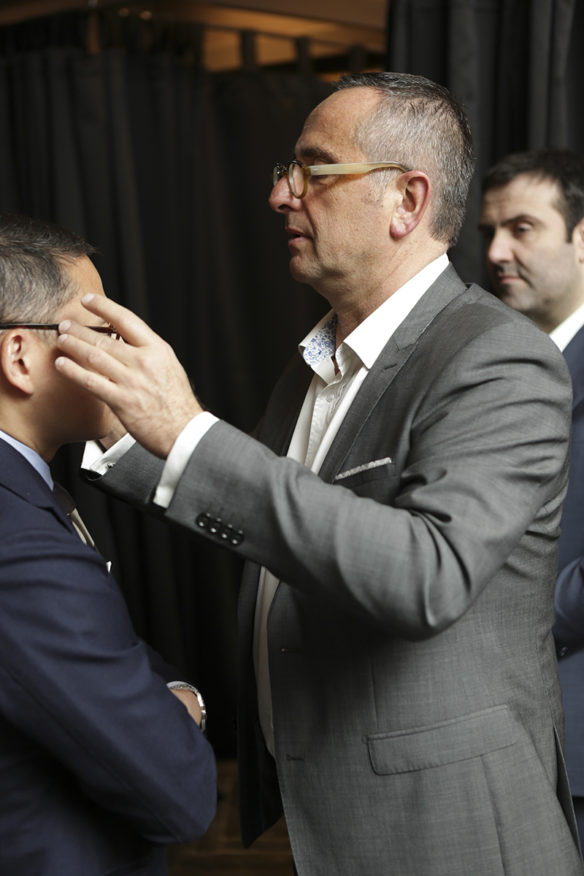
“We don’t speak about the price,” Maitre says. “We speak about the material of the frame, and the quality. You must be an aesthete. You must be someone who can appreciate fine craftsmanship and not just talk about the price.”
Picking up on the topic, Clerc chimes in; “It’s not a matter of acquiring something expensive. It’s a matter of appreciating the material, the processes, the uniqueness of the frames. It’s very important that people appreciate hand-made crafts.”
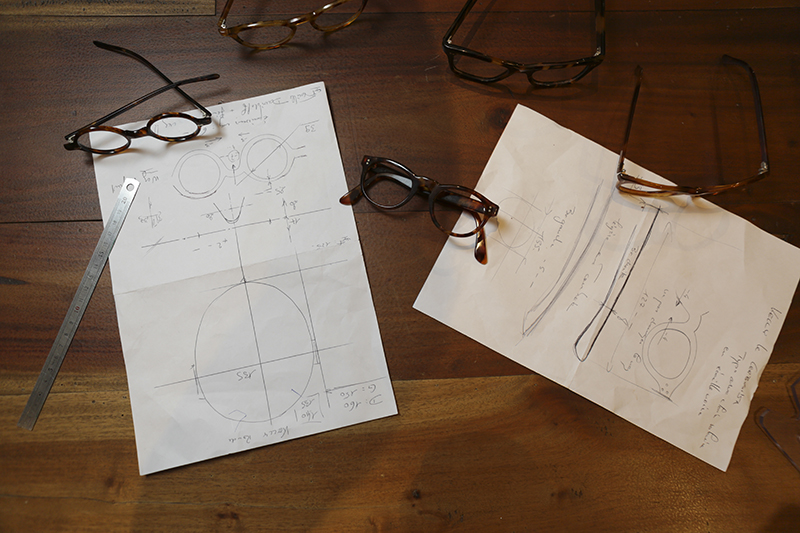
As the nature of objects requiring a certain degree of discernment is, the number of people able to grasp such objects’ nuances is limited. This holds true for Ateliers Baudin eyewear — especially since the company does not advertise or market its produce. Rather, it relies on satisfied clients to spread the word regarding the virtues of the brand. Admitting the company does “not have many clients,” Clerc says what they have instead are “good clients who understand the way of making frames that are very interesting, very comfortable to wear.”
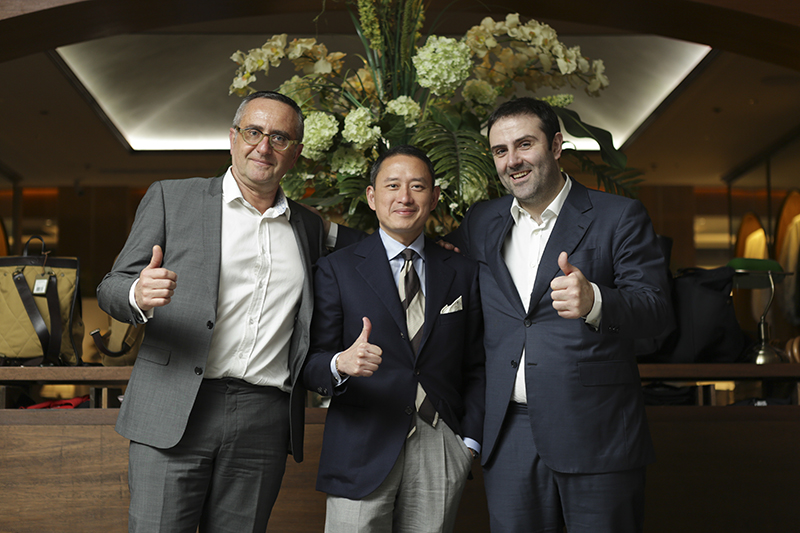
One such client is Kelly See of Signet boutique, whom both Clerc and Maitre refer to as a good friend. Good enough, in fact, to make both of them travel together halfway around the world, from Paris to Manila — twice already. First in August 2017 and the next was in early March, Clerc and Maitre flew to Manila for Signet’s trunk show featuring Ateliers Baudin. Both shows allowed Manila clients easier access to the brand and to converse with the men behind it, as well as afford them a rare up-close look at samples of Ateliers Baudin produce.
Which, arrayed on a table, was a view that was quite a spectacle.


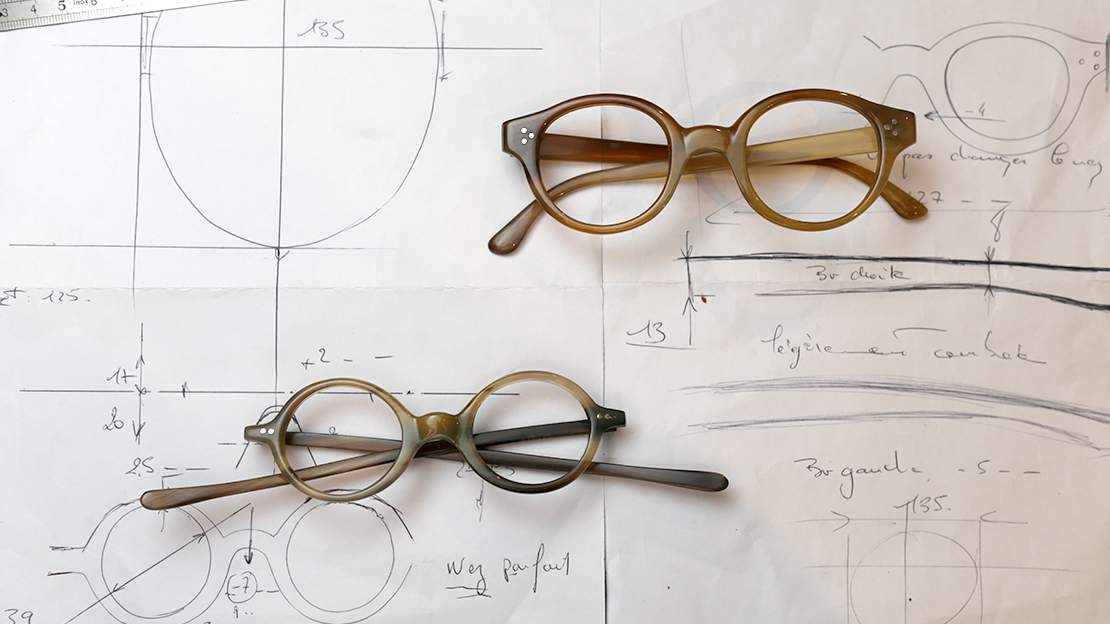

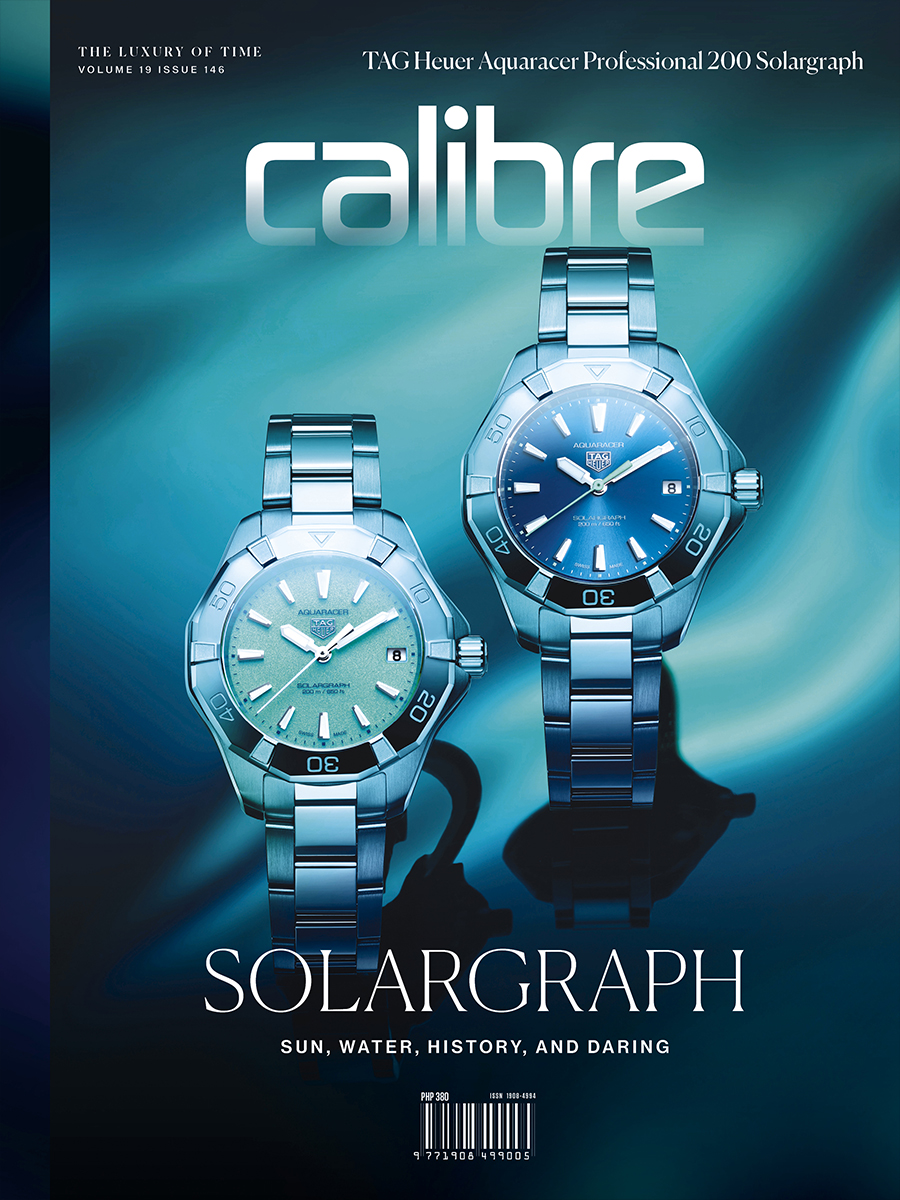
Follow Us